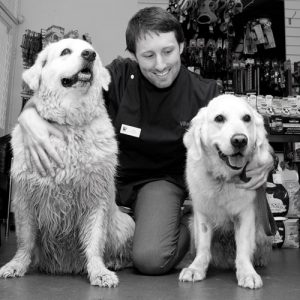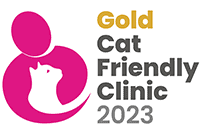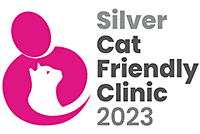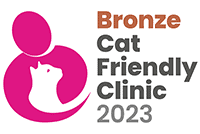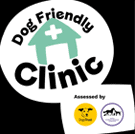Could you please introduce yourself and tell us a little about your career to date?
I’m John and I’ve been working for Village Vet for the past ten years, eight of which have been at the Hampstead hospital, with the past 18 months as Head Vet. During my time here, I have developed an interest in dentistry and oral surgery, pursuing additional qualifications in this field so that I can provide an advanced level of treatment to my patients.
What challenges you the most about being a vet?
The biggest challenge about being a vet is probably that our patients can’t speak for themselves and explain what is wrong and what they are feeling. As a result, we (the pet’s owner and I) have to methodically work through symptoms to reach a diagnosis. This is particularly pertinent with dentistry as very often our pets don’t give any kind of signs that they are suffering with oral disease. They tend to grin and bear it; continuing to eat and putting a brave face on things. It therefore relies on owners to notice subtle changes and me as the vet to search out and recognise these problems. Dental disease is the most prevalent disease we encounter but it generally relies on us to go looking for it to recognise its presence.
What excites you most about veterinary medicine?
The ability to improve the quality of life of pets and in turn help to improve the owner-pet relationship is what I find most exciting about veterinary medicine. Our pets/patients are reliant on us to be their advocates and to be able to play a part in making their day to day life a more comfortable and healthy one is hugely rewarding.
Why did you choose Village Vet?
I chose to work for Village Vet because of our shared values. Providing first class, up to date Veterinary care to our patients is what drives both Village Vet and me.
At your practice, what are some of the most common preventable ailments that you come across and can you provide us 3 top tips in relation to them for pet parents?
For me and my dental bias, by far and away the most common ailment I encounter is dental disease; namely gum disease (gingivitis and periodontitis). This is triggered by the presence of plaque on the teeth. Plaque can’t be seen and so generally the first signs of any problems are red gums. This is the first warning sign that there is a problem. If it progresses untreated it can reach the point where teeth become wobbly and ultimately lost but it is a long and painful road to reach that point. Preventing plaque from building up on the teeth is the key to preventing gum disease and every animal’s susceptibility to developing it varies. Avoiding gum disease is why we brush our teeth, use dental floss and interdental brushes etc and the same principles apply to our pets. Ideally, we would be brushing their teeth daily. The best chance of getting your pet to accept it is to introduce the concept when they are young and ensure it becomes part of their and your daily routine. It is important to use a pet-specific toothpaste though as human toothpaste is toxic to our pets and a toothbrush with bristles. Also avoid giving chews that are too hard. Enthusiastic chewers can easily break teeth on chews such as bones and antlers, even though they love chewing them! A good rule of thumb when selecting chews is the fingernail test – if you can’t make an indentation with your fingernail, the chew in question is probably too hard for your pet.
What advice would you give to future veterinarians who are thinking about a career in veterinary medicine?
My advice would be to do your research and spend time with vets working in a variety of fields to see what it is really like, what all the options are and whether that is still something you’d like to do. It can be a hugely rewarding and varied career but takes time and dedication to get there. If after all your research it is still what you’d like to do then just go for it!






